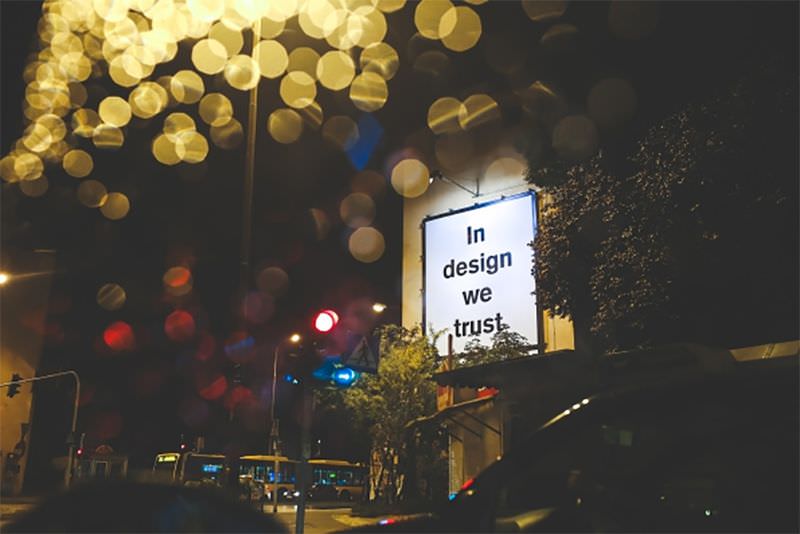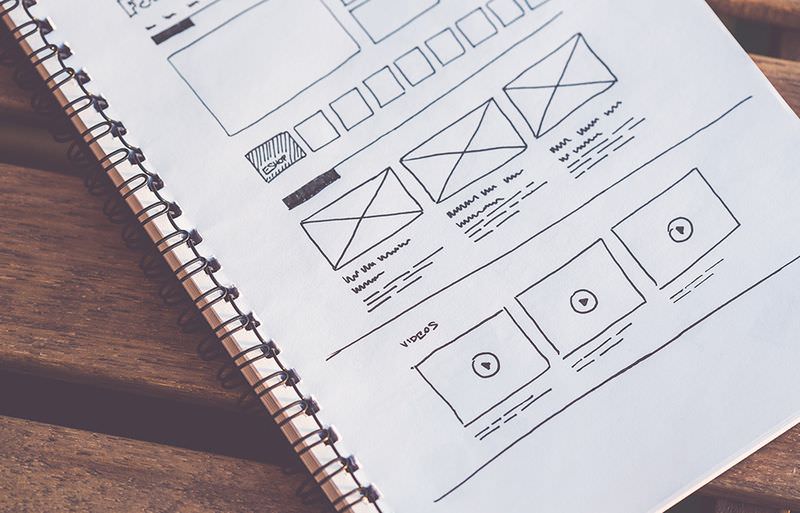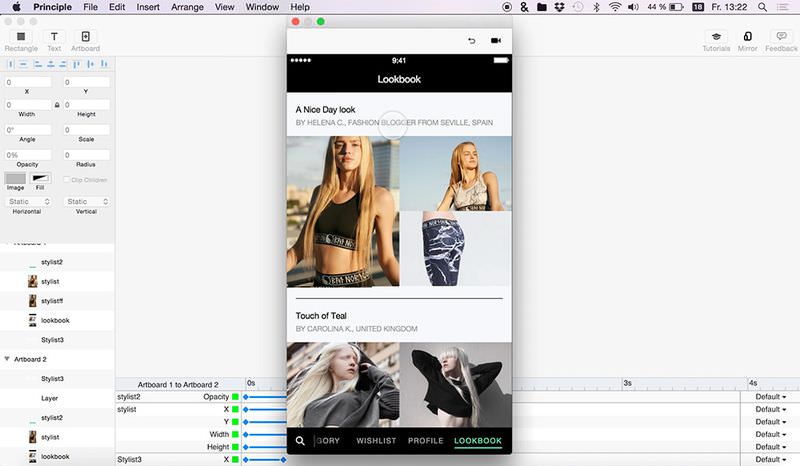The growing field of interaction design encompasses everything from mobile apps to websites, and even video games. The skillset is in high demand but what exactly do you need to start a career in interaction designing?
Interaction design is often seen as a combo of UX design and UI design for digital interface projects. Interaction designers can also specialize in websites, desktop software, or anything else that requires human-computer interaction.
In this guide, I want to cover the necessary skills and best tips needed to become a masterful interaction designer. There’s no single best course into this industry. It just requires hard work and tenacity to push yourself further and keep learning along the way.
Read Also: Interaction Design: Guide to Creating Personas
The Basics of IxD
Every digital project can be influenced by interaction design. It forces you to go beyond the interface aesthetics to consider how a typical user interacts with the interface.
An interaction designer handles interface design from the standpoint of user psychology. When you work as a UX designer you’re mostly concerned about behaviors and metrics, such as time on page or conversions. When you work as a UI designer you focus on aesthetics and design principles.
If you have the skills in both areas, then a career in IxD is a stellar idea. You’ll be a true asset to any team you join and there’s a lot of upward mobility.
The interaction designer’s job is to craft user engagement by outlining the most important features and designing an interface that matches those behaviors. Daily tasks range from user testing to Photoshop work, and even live prototyping.
Understand the behaviors first
Every interface is made for human interaction, meaning that it is never just a matter of pretty designs or cool animations. It’s a matter of how users behave, and what you want them to do.
It’s best to start with a plan before approaching the design. Consider the best features for each project, and organize them based on prominence. Should users be signing up for a new account, buying a product, or reading through a blog post? Each of these scenarios has a different user flow, and requires a different interface to compensate.
This design process involves a lot of user psychology where the interaction designer must plan how users would ideally behave. Once the UI is done you can run basic user tests to see if these assumptions were correct, and if not then you can make tweaks to improve the UX goals.

Every design decision should come from a logical thought process. If you want to work in IxD you’ll need to study the interface psychology. For instance, try to observe your own behaviour while using a mobile phone. Mull over things like, which apps feel intuitive, why do they feel intuitive, and how can you replicate these features?
Ask lots of questions, and study other interfaces as much as you can. Over time, you’ll internalize this process, and ultimately improve your day-to-day working patterns with interaction design.
Design digital interfaces
It’s rare to find an interaction designer without any graphic design skills. If you want to do this as a career then you need the ability to actually design and create interfaces. This means a solid understanding of a program like Photoshop, Illustrator, Sketch, or whichever design software you prefer.
It also means that you should have the knowledge of actually designing interfaces and understand design principles, such as typography, whitespace, color choices, and generic design aesthetics. If you don’t already have design skills then you should practice building mockup designs to see what you can do.
Most interaction designers know a little about the entire creative process. This includes UI prototyping, and more detailed wireframing before jumping right into the mockup.

It is possible to land an IxD job without design skills, however, you’ll be a much more lucrative candidate in the industry if you know UX psychology and technical UI design, too.
Try to work with every stage of design from basic wireframe sketches to more dynamic prototypes and the nitty-gritty details of a full mockup. If you have no idea where to start I recommend following a few tutorials to polish your skillset.
Here’s a small list to get you started:
- Design a Clean e-Commerce Website Interface in Photoshop
- Use Adobe Illustrator to Create a Clean Website Layout
- Create a Mobile Shopping App Design in Photoshop
Design with motion
UI animations are easier to create and more powerful with current technology. Animated interfaces are becoming the norm, and designers are learning how to create animations that react to user behaviors such as clicks or swipes. These reactions can be flamboyant, sturdy, or subtle with small microinteractions based on context.
You don’t need Disney-style animation skills to get your foot in the door with IxD, but if you want to build a professional IxD career then you’ll eventually want to acquire some basic animation skills. These go hand-in-hand with the mockup design skills I mentioned previously. If you can learn to design a flat UI mockup then you can also learn how to animate that mockup.

The two most popular programs are After Effects and Principle. Both can be used to create animations that developers can replicate in the final product. The field of digital animation is still fairly new but there are lots of learning resources online. These are some of the best free intro tutorials for beginners.
- How to Use After Effects for Web Animation Prototypes
- Quick Tip: Creating an App Walkthrough in After Effects
If you’re looking for higher quality animation lessons then check out UX in Motion. They don’t offer free lessons but their growing library is full of exercises for anyone serious about learning animation for interaction design.
If you can build your repertoire of skills with digital mockups, UI animations, user testing & UX architecting then I guarantee you can build a very stable career as an interaction designer.
Move forward
There’s no clear-cut path into the design field. It takes years of practice and hard work, plus a little luck to find a job that’ll help you learn as you work. If you can focus on the skills discussed in this post then you’ll have a much easier time understanding the process, and improving as you go.
Try to practice both user experience and interface design since this broader skillset will make it easier for you to find work, and it’ll make you a much more perceptive designer being able to see the bigger picture of every project.
The post How to Become an Interaction Designer appeared first on Hongkiat.
